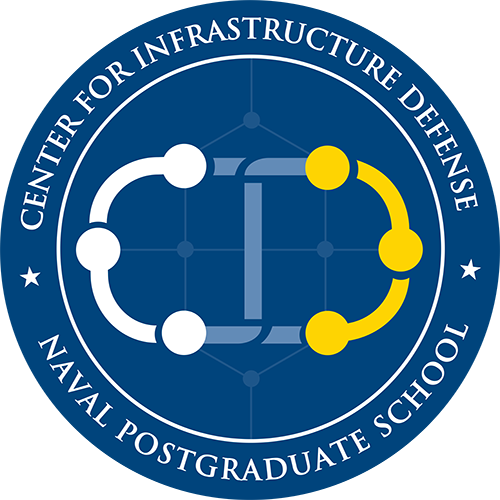Infrastructure Resilience - Center for Infrastructure Defense
Infrastructure Resilience
As defined by the U.S. Government, critical infrastructure consists of "systems and assets, whether physical or virtual, so vital to the United States that the incapacity or destruction of such systems and assets would have a debilitating impact on security, the national economy, national public health or safety, or any combination of those matters" (42 U.S.C. 5195c(e)).
The U.S. National Strategy for Homeland Security succinctly recognizes the challenge and the opportunity:
"We will not be able to deter all terrorist threats, and it is impossible to deter or prevent natural catastrophes. We can, however, mitigate the Nation's vulnerability to acts of terrorism, other man-made threats, and natural disasters by ensuring the structural and operational resilience of our critical infrastructure and key resources" (p. 27)
Thus, the National Strategy for Homeland Security states the infrastructure mission unambiguously:
"We must now focus on the resilience of the system as a whole—an approach that centers on investments that make the system better able to absorb the impact of an event without losing the capacity to function" (p.28).
The limited availability of investment resources to support this mission challenges infrastructure decision-makers at all levels of government, industry, and the military. Our research focuses on how to model and solve such investment problems.
Concerns about accidents, failures, natural hazards, and attacks on critical infrastructures typically focus on three basic questions:
- Consequence estimation. Given some imagined scenario, what will be the consequence (for example, lives lost, damage, loss of service)? How bad could things be?
- Critical components. What are the most critical (sets of) components in the system? Where should we focus our attention?
- Mitigation. What could be done to mitigate the potential consequences of the imagined scenario? What is it going to cost? What is the potential return on investment?

